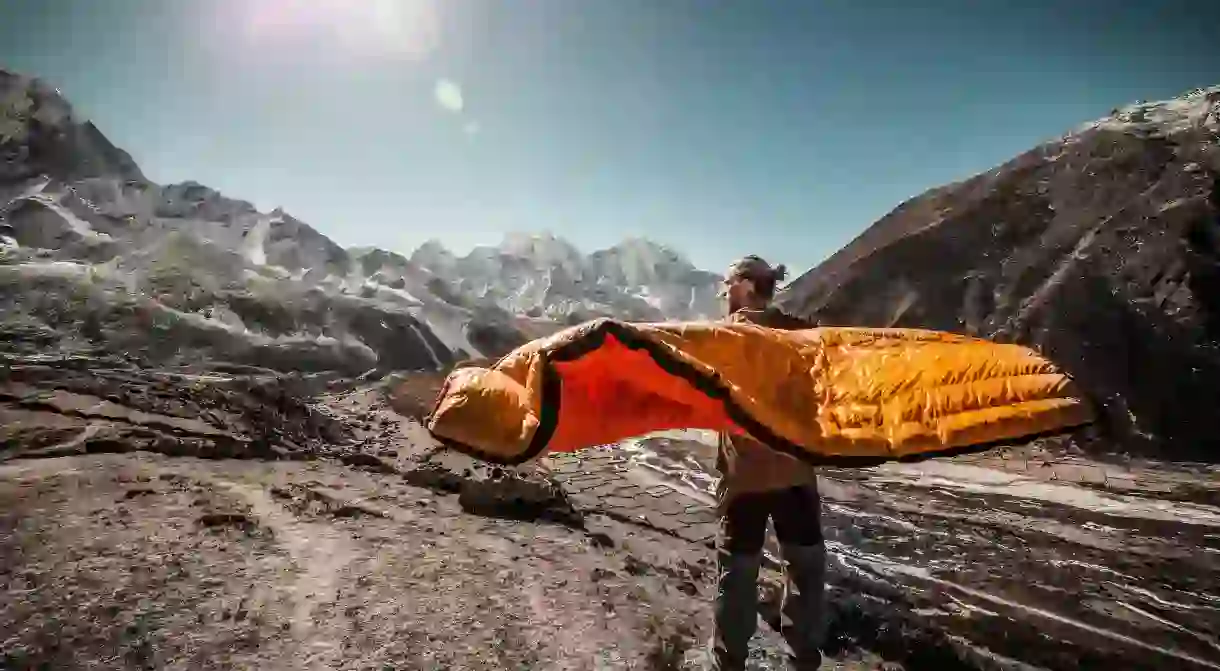14 Tips for Planning a Trip to the Indian Himalayas

The most extensive of all mountain ranges, the Himalayas stretches across the lands of Pakistan, India, Bhutan, Nepal and eastern China. Home to the highest peaks on the planet, it represents the courageous and vivacious spirit of these countries’ nomadic tribes. If you’re planning a trip to the Indian Himalayas, these are the things you need to keep in mind.
Check your timings
The Himalayas is made up of dramatic topography, lush valleys and extensive cold deserts that stretch on for miles. Whether you’re planning a trip to India’s little Tibet, Ladakh or the last Shangri-la, Bhutan; the ideal time to explore the Himalayas is from mid-May to mid-September. However, the peak trekking season in the Indian Himalayas goes from March to June.
Map an itinerary
The popular trek routes in the Himalayas are well defined but for those who seek off-the-grid adventure, do your research well and check with the local authorities before venturing into the unknown.

Stop and breathe
Mountains aren’t going to expire anytime soon but if you keep going without acclimatizing to the fluctuating weather conditions then you will.
Hire a guide
Don’t rely on your Google navigation and GPS tracking, sometimes even the best-planned itineraries fail you. If you’re going for an unexplored route, deeper into the dense ranges of the Himalayas then hire a local guide to make the best of it.

Get your permits
There are certain restricted routes in the Himalayas that require a local authority permit to cross from one village to another. Make sure you get your permits for an uninterrupted adventure.
Set a budget
Like any other mountain range, the Himalayas have set rules for every trail that is easy, moderate and difficult. The most difficult trails will be the most expensive and depending on the elevation scale the budget drops from moderate to easy.

Cash over plastic money
There are still certain villages around these parts where ATM machines don’t work. The small food joints and accommodations only accept cash transactions. Make sure you have enough cash to sustain the entire trip.
Pack strategically
During summers, the temperature can drop to as low as 5 degree Celsius and during winter it can dip to -30 to -35 degree Celsius. It is vital that you pack your clothing and equipment according to the altitude.
What to pack?
Weight management is a tricky business when you’re out on a mountain expedition. Here’s what you should pack to survive unexpected Himalayan weather conditions.
Sleeping bag.
Insulated and water-resistant shoes.
Wind-proof jacket and an extra pair of woollen socks.
Ski pants.

Keep essentials handy
Aside from basic toiletries, the essential priorities change in the Himalayas. For a seamless Himalayan sojourn don’t forget items like sunglasses, toilet kit, trekking pole and power bank.
Maintain good health
This is actually the most crucial of all tips. You need to be physically, as well as mentally, fit before embarking upon a grand trip to the Himalayas. Start pumping those numbers at the gym and get a thorough medical checkup.
Store enough food
Unless you want to create a rendition of Leonardo DiCaprio’s raw Bison scene from The Revenant, fill mini zip lock bags with plenty of protein bars, ready-to-eat snacks, and packed food.

Stay hydrated
Another basic yet extremely important tip to highlight on your trip to the Himalayas, stay hydrated.
Medicine kit
Chances are that you might not be able to find urgent medical help on your travels at unexplored sites, so pack your go-to antibiotics and medicines.













